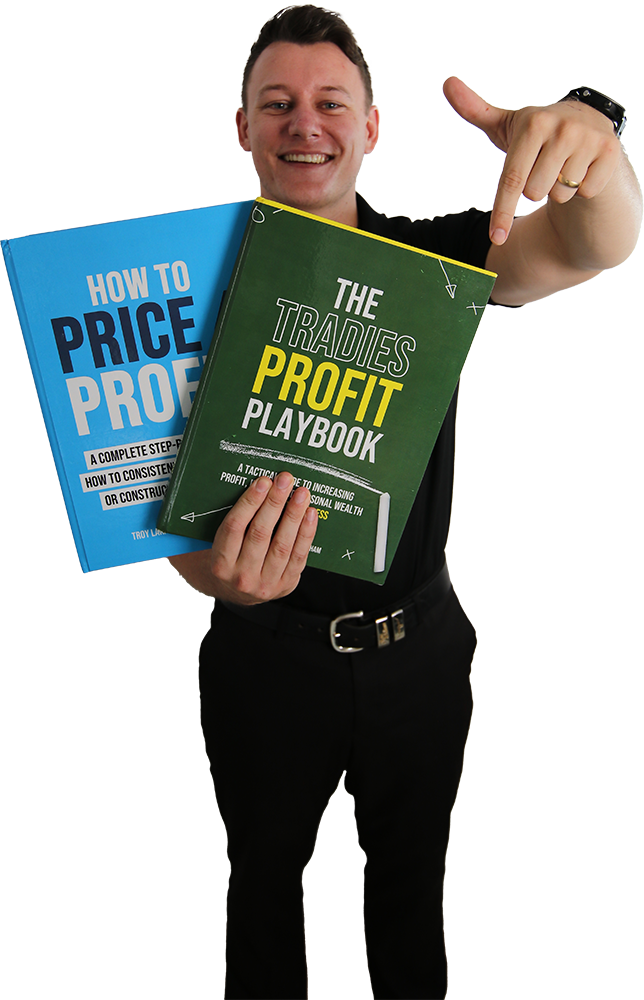Family trusts for tradies and knowing who to distribute income to and how to reduce taxes…
Kicking things off, what is a family trust?
Well a family trust, which can otherwise known as a discretionary trust, is set up to hold a family’s assets or for a family business.
What this trust does is allow for certain asset protection AND tax benefits that other investment structures don’t.
Pretty interesting, right?
So, with a family trust, the appointed ‘trustee’ has ultimate flexibility as to who receives the income derived by the trust for the year.
Note: The trust holds the shares of the business for this instance, NOT the individual.
This ability to determine who receives the income, allows the appointed trustee to use the income tax brackets of the entire family group which will then allow for the lowest legal average rate of tax that is possible for the given circumstances.
Which is obviously the main objective of any effective tax planning strategy.
Trusts are also able to take advantage of several other tax concessions, like for instance, the 50% Capital Gains Tax discount where assets are held for at least 12 months.
Now, you may be thinking, when do I need to set up a family trust or… what do I use it for?
Well, if you have recently come about a lump sum of cash and you want to invest it, and you’ve decided that this investment will be in the form of purchasing a property or even a large value of shares…
This is when you would consider setting up a family trust.
Because in these instances, a family trust will allow you to be tax effective in the long run.
Or in other scenarios, you may want to simply reduce your taxable income!
Now, I’ve mentioned that you’re able to distribute the income through a trust…
The next logical question might be, “who do I distribute it too?”…
When considering who to distribute the income of a family trust to, it’s important to understand that all income of a family trust must be distributed to beneficiaries each financial year or else it is taxed at the top marginal rate.
The first person we recommend distributing income to is you.
In our experience, the ‘sweet spot’ of income distribution is roughly around $90,000.
This is utilising the tax bracket of 34.5%, as when you start earning over $90,000 you are then taxed at 39.5 cents on the dollar.
If you begin producing more than $90,000 in the trust and all members of the family group are not able to effectively use this structure, what you can then actually do is set up another company to make the most of the 27.5% small business tax rate – which is actually soon to be 26% - how good!
The second person you should consider distributing to is your spouse, especially if they are a stay at home parent.
This situation is quite literally perfect for a distribution from a family trust because you can utilise the tax-free threshold of approximately $22,000 when considering tax rebates for low income earners.
So, in this example and through this structure, instead of you getting taxed 39.5 cents on the dollar, this income can go straight to your spouse tax free.
The third person, or people, that come to mind are retired parents.
For this to work, they need to be receiving no taxable income (mind you most super pensions are tax-free).
Note: If they are, however, receiving a Centrelink old age pension, that may defeat the purpose of this strategy as their tax-free threshold will already be in.
The fourth consideration can also be your children, however any children younger than 18 years can only receive $416 or less.
Where this may apply effectively is if your children are at university and are currently earning little to no income, as this would then make them prime candidates to receive a trust distribution.
If all other options listed above are deemed uneconomical, the final consideration is then a company.
Keeping in mind that the purpose of making trust distributions is to maximise the benefit of each person’s tax brackets to achieve the lowest average rate across the group.
Note: Another consideration to remember, is that these distributions are ‘paper transfers’.
So, that is an example of how a trust may be utilised…
If you’re not wondering how to set one up, there a couple of important parties and components to a Family Trust that must be done.
Number one: The settlor must be appointed.
They are responsible for giving the assets to the trustee(s) to hold for the benefit of the trust’s beneficiaries established in the Trust Deed.
Number two: The Trustee(s) must be determined.
They are responsible for the trust and its assets. We recommend having a company act as trusteed instead of 1 or more individuals.
Number three: The Trust Deed must be created by the settlor and trustee(s).
This deed is the governing document of the trust, detailing how it must operate and other important components such as beneficiaries.
If you would like assistance with setting up a family trust for yourself, click here to get in touch with Trade Business Accountants, we'd love to help.
If you're an electrician, plumber, painter, carpenter, or any other tradie business owner who is looking for assistance with your tax, accounting, and bookkeeping - click here to learn more!

